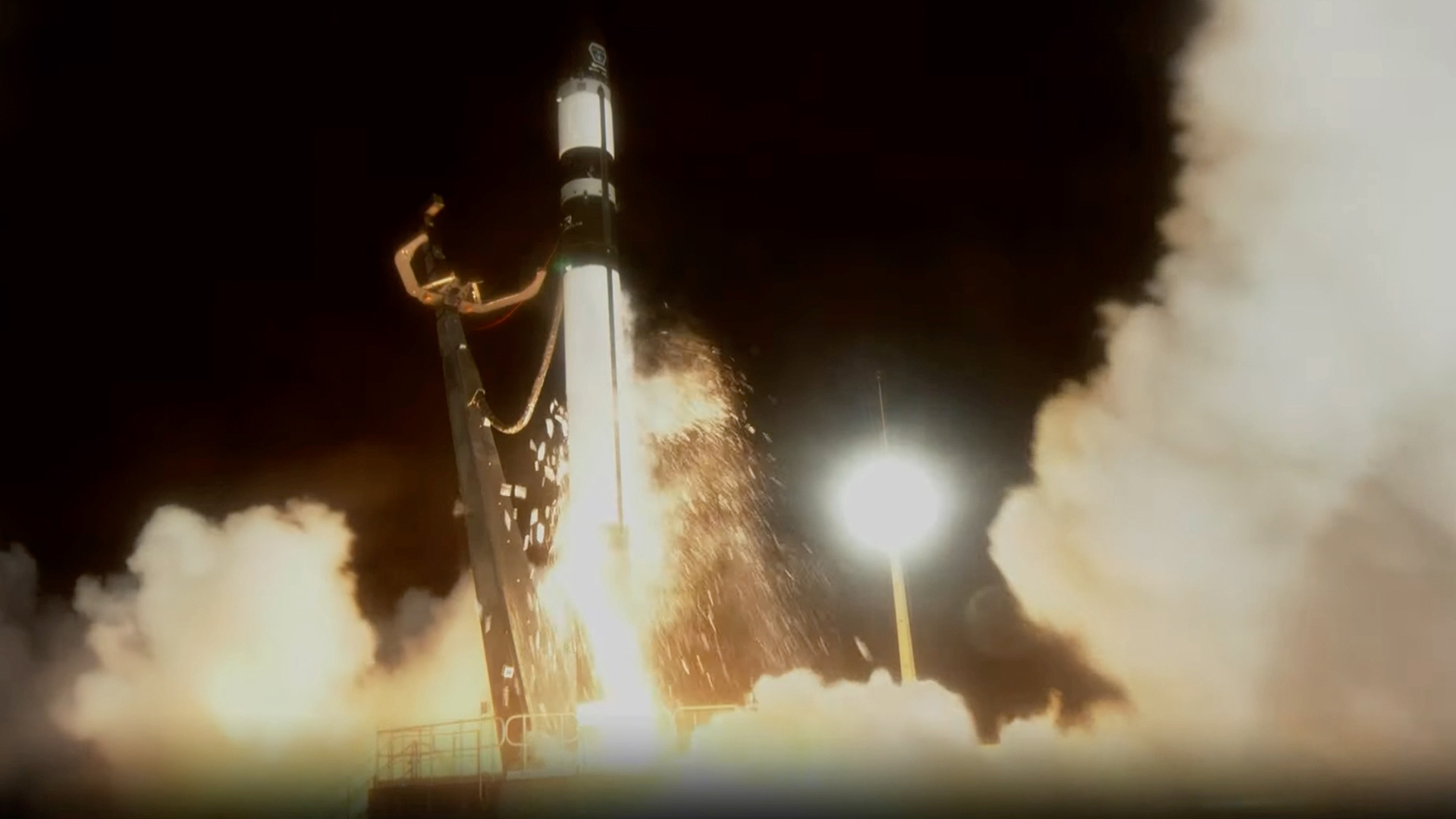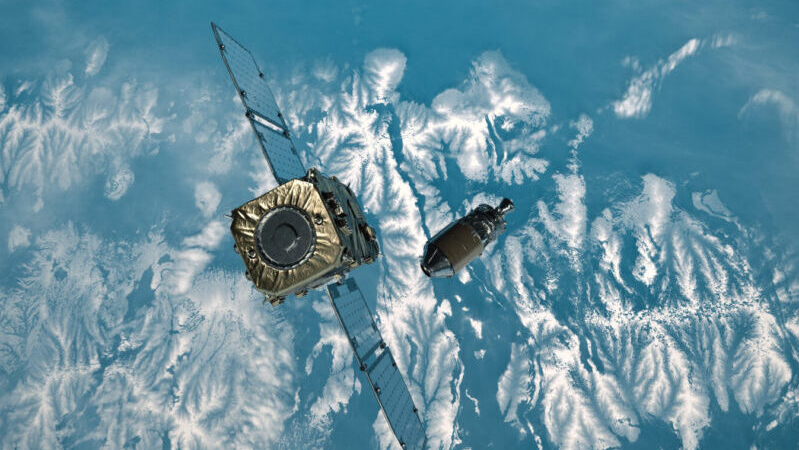Rocket Lab launches ADRAS-J space junk inspection satellite for Astroscale (video)
Rocket Lab launched an ambitious space-junk inspection satellite for the Japanese company Astroscale Sunday morning (Feb. 18),
Astroscale's ADRAS-J satellite lifted atop an Electron rocket from Rocket Lab's New Zealand launch site today at 9:52 a.m. EST (1452 GMT; 3:52 a.m. local New Zealand time on Feb. 19). The satellite is designed to inspect a large piece of space junk: a defunct Japanese H-2A rocket stage in low Earth orbit.
"The ADRAS-J mission will be the world's first attempt to safely approach and characterize an existing piece of large debris through rendezvous and proximity operations," Astroscale CEO and founder Nobu Okada said in a video statement.
Related: 7 wild ideas to clean up space junk


ADRAS-J stands for "Active Debris Removal by Astroscale-Japan." True to its name, the satellite will try to make progress in humanity's fight against space junk, a problem that continues to grow as we launch more and more satellites to orbit.
"The mission is the first phase of an orbital debris removal program, and during this phase ADRAS-J is designed to test technologies and operations for approaching and monitoring debris objects," Rocket Lab representatives wrote in a mission description.
The 330-pound (150 kilograms) ADRAS-J will also deliver "data that will assist in removing [space junk], to ensure the sustainable use of space for future generations," they added.
Breaking space news, the latest updates on rocket launches, skywatching events and more!
Related: The Kessler Syndrome and the space junk problem
Such work is a key focus for Astroscale, which was founded in 2013 and has subsidiaries in the United Kingdom, the United States, France and Israel.
In 2021, for example, the company launched a demonstration mission called ELSA-d, which captured a piece of simulated debris in orbit using a magnetic system. And in 2026, Astroscale plans to capture and remove two defunct British satellites from orbit, on a mission called COSMIC ("Cleaning Outer Space Mission through Innovative Capture").
"ADRAS-J is a pioneering mission that opens up a range of on orbit capabilities that will lead to a sustainable future in space," Okada said.
Related: 6 objects that could cause space debris apocalypse
The Electron successfully deployed ADRAS-J about 373 miles (600 kilometers) above Earth 64.5 minutes after liftoff. That's the orbital neighborhood occupied by ADRAS-J's target: the upper stage of the Japanese H-2A rocket that launched the GOSAT Earth observation satellite in 2009.
"ADRAS-J will fly around the stage, 11 meters long and four meters in diameter [36 by 13 feet], inspecting it with cameras," Rocket Lab wrote in the mission description. "After deployment from Electron, Astroscale's full mission will take between three and six months to complete."
"On Closer Inspection" will be Rocket Lab's 44th mission overall and its second of 2024. On this year's previous flight, which launched Jan. 31, Rocket Lab recovered the Electron's first stage from the sea, as part of its ongoing effort to make the booster reusable. There will not be a rocket recovery on today's mission, Rocket Lab representatives said.
Editor's note: This story was updated at 10:28 a.m. ET to note the successful initial launch of Rocket Lab's On Closer Inspection mission.

Michael Wall is a Senior Space Writer with Space.com and joined the team in 2010. He primarily covers exoplanets, spaceflight and military space, but has been known to dabble in the space art beat. His book about the search for alien life, "Out There," was published on Nov. 13, 2018. Before becoming a science writer, Michael worked as a herpetologist and wildlife biologist. He has a Ph.D. in evolutionary biology from the University of Sydney, Australia, a bachelor's degree from the University of Arizona, and a graduate certificate in science writing from the University of California, Santa Cruz. To find out what his latest project is, you can follow Michael on Twitter.

